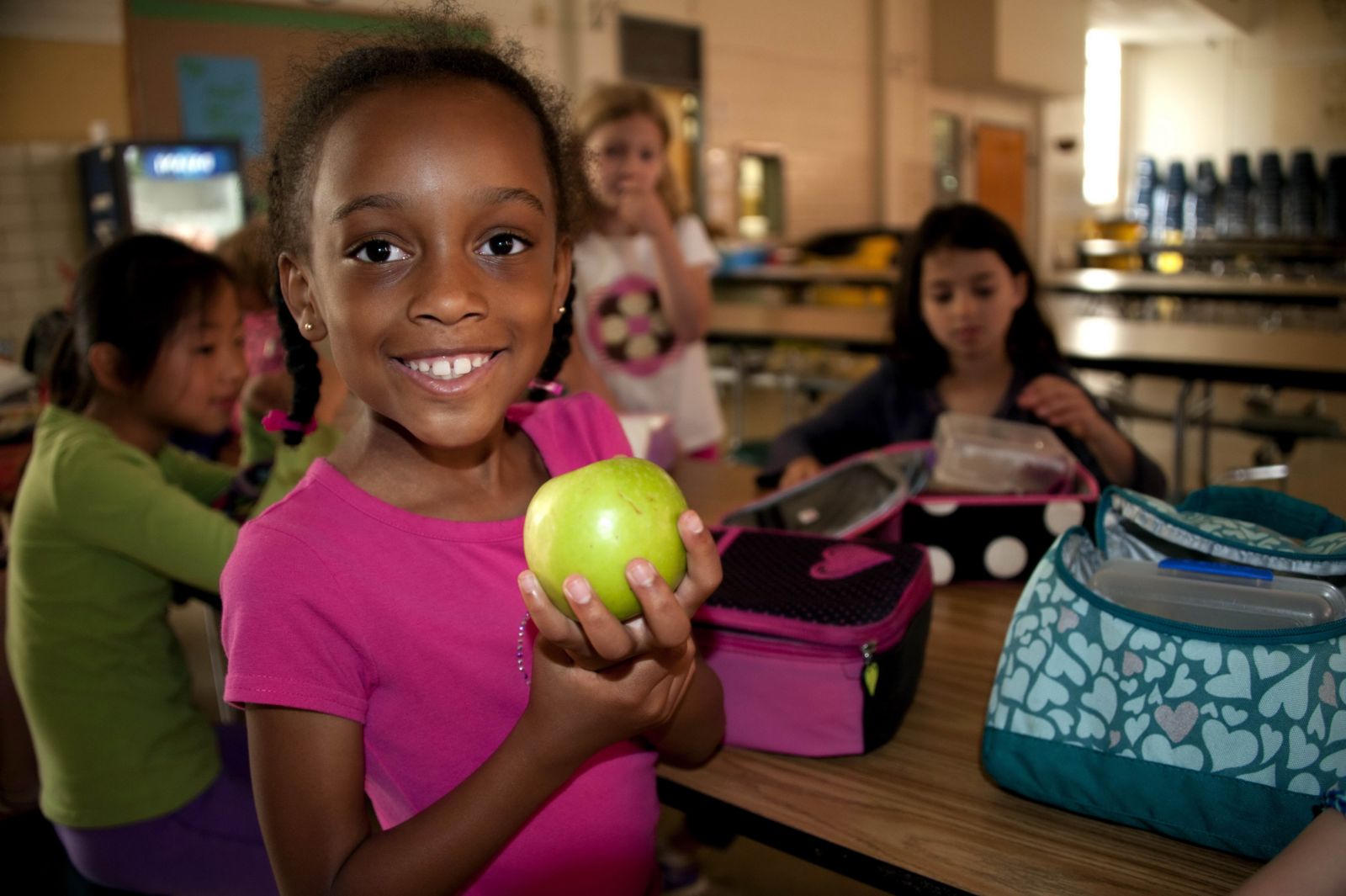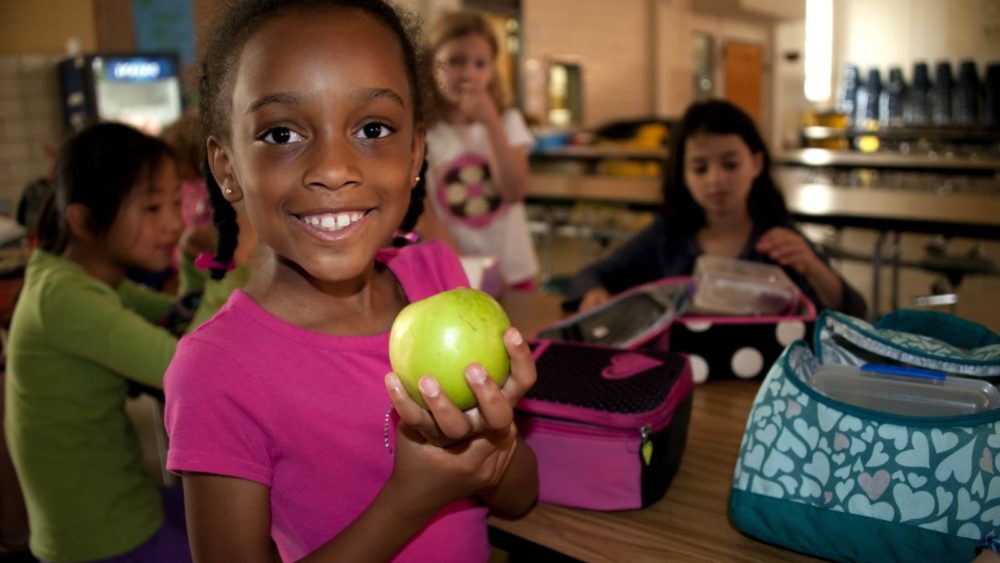 |
At the beginning of each year, most of us set personal goals that we would like to accomplish. Although the list of New Year’s resolutions vary from person to person, eating better and exercising more are two of the most popular resolutions we make. As we start the year, let’s not only resolve to make healthier choices for ourselves but to also commit to creating heathier learning environments for our children.
Since out-of-school-time programs provide a host of supports for students, finding an effective, easy-to-implement health eating and physical activity strategy can be somewhat challenging. To that end, here are a few tips to help you improve the health and wellness of students in your programs.
Set clear, individualized, and achievable goals
Start with the end in mind by identifying clear, achievable goals that are specific to your program. When developing goals, keep in mind that they should be measurable, budget-aware, and suited to your staff capacity. A good resource to establish appropriate physical activity and nutrition program goals are the National AfterSchool Association’s Healthy Eating and Physical Activity Standards. Remember, you don’t have to achieve every standard at once or in one year. Take your time and go at a pace that makes sense for your program.
Make a plan
Once you have identified goals, develop a plan of action. Action plans help you to stay on target as well as give all program staff a clear blueprint to success. The Alliance for Healthier Generation’s OST Framework is a self-guided online system that assesses your current health and wellness programming, creates an action plan, and identifies resources to meet your program needs.
Connect to community resources
Explore shared-use agreements. Use of existing school and community sport and recreational facilities can be a cost-effective way to promote physical activity in you programs. Here is a checklist that may help you as you explore.
Access federal child nutrition programs such as the Child and Adult Care Food Program, the At-Risk Afterschool Meals Program, the National School Lunch Program, and the Summer Food Service Program to maximize the number of nutritious meals and snacks provided.
Support program staff
Check in with program staff to measure their comfort level with engaging in physical activity and nutrition education with students. Lack of staff training and low comfort levels can act as barriers to implementing safe and developmentally-appropriate physical activity and nutrition programming.
Involve families
Parents are key allies to reinforce new habits. Include parents (and guardians) in your programming and encourage them to support their children’s participation in enjoyable physical activities and tasty nutritious foods by acting as healthy role models.
Additionally, leverage parent voices in advocacy efforts for increased physical activity and nutritional foods in your programs. Based on our Kids on the Move report, parents look to afterschool programs to provide healthy foods and physical activity opportunities to children during the out-of-school time hours. Their voices, efforts, and outreach can help make that happen!
Integrate physical activity and nutrition into program activities and approaches
In order to maximize your time and enhance you programming, connect physical activity and nutrition education into other programming, such as tutoring, homework, STEM, creative arts, and other enrichment activities. Review this STEM and Wellness Issue Brief to give you some ideas on how to blend these two important components.
Plan your celebration
Prepare to succeed! As you implement your action plan throughout the year, take time to celebrate incremental milestones. Keep staff and parents updated on progress and share your stories of success with other programs and community partners.
Here’s to a happy and healthy new year!

Comments are closed.